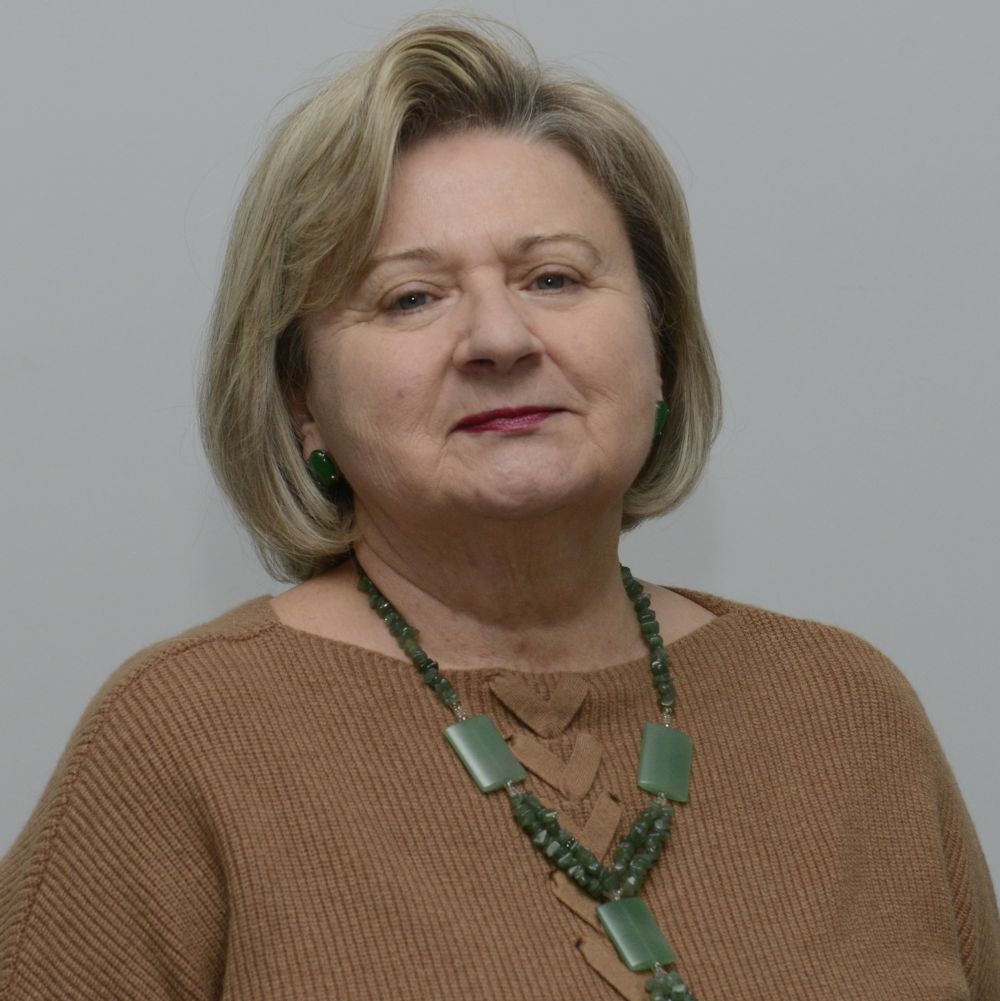What is Dr Neuronowski?
Dr Neuronowski® is a therapeutic tool addressed improvement of brain functioning in children and adults in norm and pathology. The software was developed in the Laboratory of Neuropsychology, Nencki Institute of Experimental Biology, Polish Academy of Sciences. It was developed on a basis of our reliable interdisciplinary research, using a combination of factual knowledge on brain function (experimental psychology, electrophysiology and neuroimaging) with the knowledge of current therapy needs in patients with various brain dysfunctions.Who could benefit from the Dr Neuronowski® training?
It is a computer-based tool supporting the rehabilitation of both children and adults suffering from speech and other cognitive disorders. It has been successfully applied in the therapy of children with developmental dysfunctions and in adults with neurodegenerative deficits (e.g., following stroke).This therapeutic tool improves the basic brain neural mechanisms underlying the broad aspects of our cognitive functions, like speech, attention, memory, planning. Therefore, it is also addressed individuals without any cognitive dysfunctions to optimise their behaviour.
What is its scientific novelty?
The scientific novelty of Dr Neuronowski® is the drift from the classic approach focussed on a disordered function, instead a holistic approach addressed brain mechanisms underlying a wide spectrum of mind activity. Thus, we documented the advantage of the ‘far transfer’ of improvement embedded in neural mechanisms underlying mind function, over the 'near transfer' limited to a trained function.Financing
Dr Neuronowski® was developed in frames of The National Centre for Research and Development grant INNOTECH-K1/IN1/30/159041/NCBR/12. The validation studies were supported by two National Science Centre grants: UMO-2015/17/B/HS6/04182 and UMO-2016/21/B/HS6/03775.Dr Neuronowski® is commercialised by HARPO LLC and available on the Polish market since 20216. More information on webpages: neuronowski.com and our Laboratory webpage.
Publications
- Nowak, K., Costa-Faidella, J., Dacewicz, A., Escera, C., & Szelag, E. (2021). Altered event-related potentials and theta oscillations index auditory working memory deficits in healthy aging.
Neurobiology of Aging , 108, 1-15.
Link to article - Jablonska, K., Piotrowska, M., Bednarek, H., Szymaszek, A., Marchewka, A., Wypych, M. & Szelag, E. (2020). Maintenance vs Manipulation in Auditory Verbal Working Memory in the Elderly: New Insights Based on Temporal Dynamics of Information Processing in the Millisecond Time Range.
Frontiers in Aging Neuroscience, 12, 194.
Link to article - Oron, A., Szelag, E., Nowak, K., Dacewicz, A. & Szymaszek, A. (2019). Age-related differences in Voice Onset Time in Polish language users: an ERP study.
Acta Psychologica, 193, 18-29.
Link to article - Dacewicz, A., Szymaszek, A., Nowak, K., & Szelag, E. (2019). Training-induced Changes in Rapid Auditory Processing in Children with Specific Language Impairment: Electrophysiological Indicators. In: Davalos, D., Mioni, G., Grondin, S. & Ortuño, F. (Eds.),
Time Perception and Dysfunction: Clinical and Practical Implications , Frontiers Media SA, 23-37.
Link to article - Szymaszek, A., Dacewicz, A., Urban, P. & Szelag, E. (2019). Training in temporal information processing ameliorates phonetic identification. In: Davalos, D., Mioni, G., Grondin, S. & Ortuño, F. (Eds.),
Time Perception and Dysfunction: Clinical and Practical Implications , Frontiers Media SA, 124-134.
Link to article - Szelag, E., Jablonska, K., Piotrowska, M., Szymaszek, A. & Bednarek, H. (2018). Spatial and Spectral Auditory Temporal-Order Judgment (TOJ) Tasks in Elderly People Are Performed Using Different Perceptual Strategies.
Frontiers in Psychology, 9,2557.
Link to article - Dacewicz, A., Szymaszek, A., Nowak, K., & Szelag, E. (2018). Training-induced Changes in Rapid Auditory Processing in Children with Specific Language Impairment: Electrophysiological Indicators.
Frontiers in Human Neuroscience, 12,310.
Link to article - Szymaszek, A., Dacewicz, A., Urban, P. & Szelag, E. (2018). Training in temporal information processing ameliorates phonetic identification.
Frontiers in Human Neuroscience, 12,213.
Link to article - Szelag, E.(2018). Commentary: Effects of Video Game Training on Measures of Selective Attention and Working Memory in Older Adults: Results from a Randomized Controlled Trial.
Frontiers in Aging Neuroscience, 9, 442.
Link to article - Szelag, E., Dacewicz, A., Szymaszek, A., Wolak, T., Senderski, A., Domitrz, I. & Oron, A.(2017). The application of timing in therapy of children and adults with language disorders. In: Chen L., Bao Y. & Wittmann M.(Eds.),
Sub-and Supra-Second Timing: Brain, Learning and Development, Frontiers Media SA, 91-108.
Link to article - Szymaszek, A., Wolak, T. & Szelag, E. (2017). The Treatment Based on Temporal Information Processing Reduces Speech Comprehension Deficits in Aphasic Subjects.
Frontiers in Aging Neuroscience, 9,98.
Link to article - Nowak, K., Dacewicz, A., Broczek, K., Kupisz-Urbanska, K., Galkowski, T. & Szelag, E. (2016). Temporal Information Processing and its Relation to Executive Functions in Elderly Individuals.
Frontiers in Psychology, 7,1599.
Link to article - Szeląg, E. & Szymaszek, A.(2016).
Dr Neuronowski - Pomysł na bystry umysł i płynną mowę. Usprawnianie zegara neuronalnego wspomaga moc naszego umysłu, Harpo, Poznań.
Link to article - Oron, A., Wolak, T., Zeffiro, T. & Szelag, E. (2016). Cross-modal comparisons of stimulus specificity and commonality in phonological processing.
Brain and Language, 155, 12-23.
Link to article - Szeląg, E. & Dacewicz, A. (2016). Nonlinear Timing and Language Processing in Norm and Pathology. In: Esposito A., Faundez-Zanuy M., Esposito A.M., Cordasco G., Drugman T., Solé-Casals J., Morabito F.C. (Eds.),
Recent Advances in Nonlinear Speech Processing, Springer International Publishing AG, Cham, 35-44.
Link to article - Dacewicz, A., Nowak, N. & Szeląg, E. (2016). Temporal Information Processing and Language Skills in Children with Specific Language Impairment. In: Esposito A., Faundez-Zanuy M., Esposito A.M., Cordasco G., Drugman T., Solé-Casals J., Morabito F.C. (Eds.),
Recent Advances in Nonlinear Speech Processing, Springer International Publishing AG, Cham, 45-52.
Link to article - Nowak, K., Oron, A., Szymaszek, A., Leminen, M., Näätänen, R. & Szelag, E.(2016). Electrophysiological indicators of the age-related deterioration in the sensitivity to auditory duration deviance.
Frontiers in Aging Neuroscience, 8,2.
Link to article - Szelag, E., Dacewicz, A., Szymaszek, A., Wolak, T., Senderski, A., Domitrz, I. & Oron, A.(2015). The application of timing in therapy of children and adults with language disorders.
Frontiers in Psychology, 6, 1714.
Link to article
CONTACTS
Nencki Institute of Experimental BiologyPolish Academy of Sciences
3 Pasteur Street, 02-093 Warsaw, Poland


